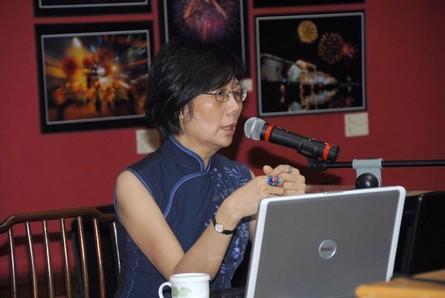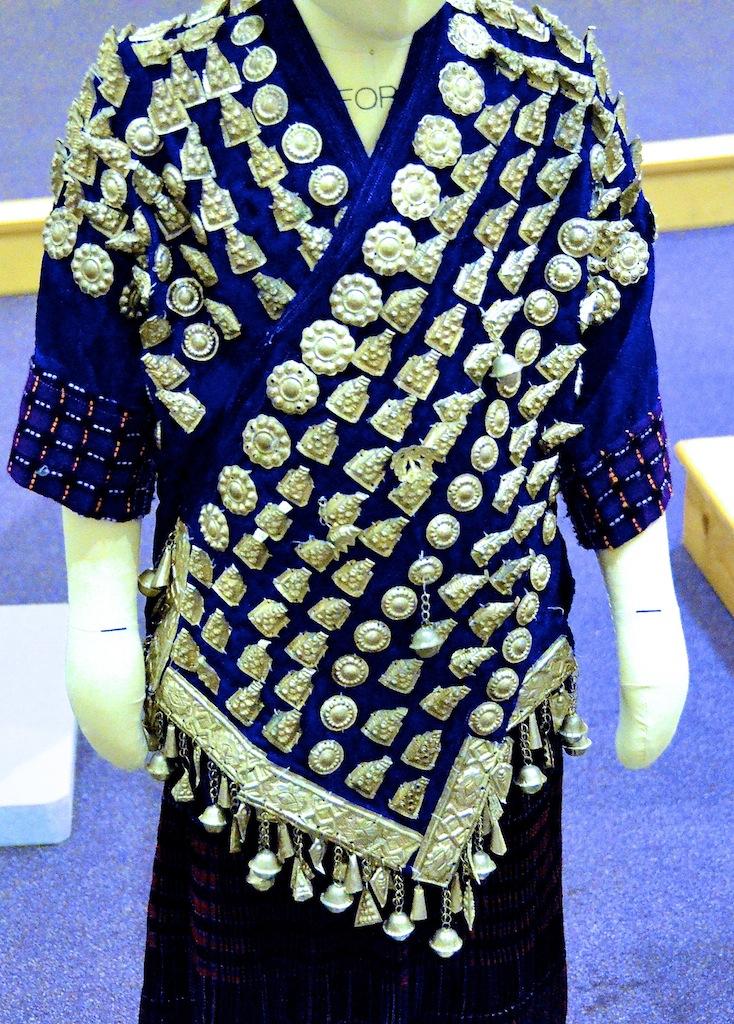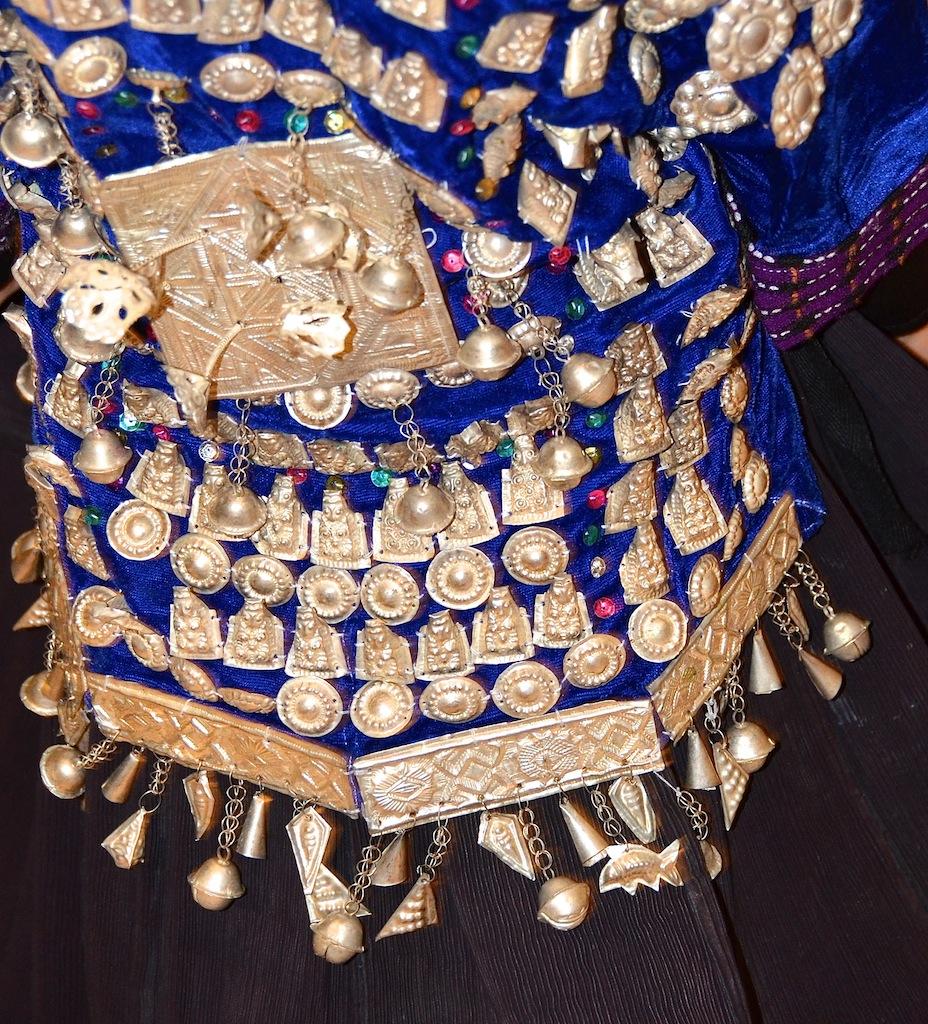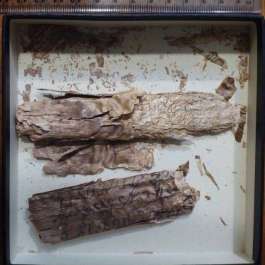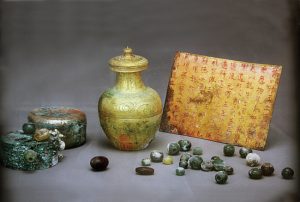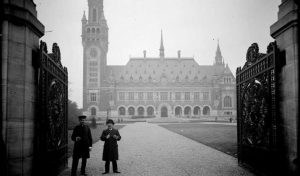Every now and then, one encounters an item of human culture that is so striking and poignant that one sincerely believes there is nothing else in the world’s museums like it. Two of these remarkable items are a Miao (?]??) child’s garments, one embroidered for everyday life and another made for festivities. They belong to Mrs. Lee Mei-yin, and were displayed from the 15th of December 2013 to the 9th of February 2014 as part of the University Museum and Art Gallery’s Embroidered Identities exhibit.
During her extensive travels, Mrs. Lee bought or was bestowed many artifacts thanks to her relationships with ethnic minority communities. Her Miao apparel was acquired at Langmu Village in Chongan Town (???w?), which is in Huangping County (????) within Guizhou Province (?Q?{). As part of the Qiandongnan Miao and Dong Autonomous Prefecture (?r?F?n?]??˾?ڦ۪v?{), Chongan Town is home to some of China’s more inaccessible treasures. These treasures are none other than the people themselves, who make up a fraction of the already miniscule 8% of China’s minority population.
It is difficult to describe the dark yet natural beauty of the first outfit. Those with a sharp eye might notice first the first upper garment’s intricate patterns. It is of a stunning, earthy brown that invokes an unmistakable intimacy with the most sensual elements of the earth: mud, soil, silt, muck, excrement – the fertile farm’s necessities in all their pure sight, texture, and smell. With a diagonal opening on the right (typical of much Miao clothing), its shoulders, lower front, sleeves, and back are decorated with floral patterns and dancing children. The essentially perfect geometry of the shoulder and sleeves’ patterns is breathtaking. It is worn with a circular, embroidered hat with multiple patterns that prompt one to wonder just how long it took to embroider.
It is the second attire that is the most gorgeous. There is the incredible blue velvet dominating the fabric. Most unusually, it is studded by a visually overwhelming array of attached silver sculptures of Buddhas. The blue is a “polychrome embroidered design”, and its Buddhas are of a “light-coloured silver that is “visually pronounced and stands physically apart from the subdued reds, blues, greens, and black predominantly used as base dye for the silk or cotton garment” (p. 53). At the back is a large, extravagant square plaque, surrounded by Buddhas like a mandala. At the bottom are tinkling talismans, and a splendid hat crowned with a silver bird amongst flowers completes the girl’s festive outfit.
If Mrs. Lee’s story of the Miao aesthetic spontaneity (p. 46, 47) can be applied to other families, then it is likely that the creator of these garments was equally reliant on her instinct and affinity with the natural world. Perhaps the magnificent creativity in Miao textiles and silver jewelry is due precisely to their lack of a codified manual for art and sewing.
These clothes are unforgettable because they were once used and treasured by a living person. Of course, whoever wore these was no ordinary young lady. She would have come from a family who could afford to own such stunning apparel. But like other minorities of China, she would have been unlikely to record her experience, so in many ways, these clothes are the only testimony to her existence. Remembered only by her family and shrinking tribe, this girl belongs to an endangered way of life. Mrs. Lee’s impressive collection of material culture from Chinese minorities is a testament to her love for these people. With their blessing, she safeguards the stories of many individuals who would otherwise be forgotten by the wider world.
The festive vestment is also remarkable for its religious elements. The Miao people are not predominantly Buddhist, but they share unique oral and cultural traditions that non-Miao people are not privy to. The sight of so many Buddhas and bodhisattvas on a single piece of clothing means that the Miao were open to Buddhist influences. According to Mrs. Lee, these silver motifs were popular during the Qing Dynasty as charms to protect a child’s life. That so many icons were made to bless the girl who wore them is an act of parental love.
Who in the family commissioned this magnificent piece? Had they somehow stumbled on the blessings of Buddhism and decided to honor the Buddha in their clothing? These are family stories that we might never know completely. We should be satisfied with not knowing. The beckoning stories within the garments are enough.
The Miao people often suffered discrimination and misunderstanding in Chinese history. Even the construct of “Miao” is not always valid, for plenty of those classified with this label will never refer to themselves as such. It is high time that we listened to their diverse stories. Their stories lie in that which is pressed to their bodies: their most intimate garb, and the embroidery they eagerly show off to their family and friends.
ReferencesKnothe, Florian, “Of Ox-Horn Crowns and Dragon Hairpins: Silver Ornamentation and the Rituals of Adornment”. In Lee, Mei-yin, Knothe, Florian et. al. Embroidered Identities: Ornately Decorated Textiles and Accessories of Chinese Ethnic Minorities. University Museum and Art Gallery, The University of Hong Kong, 2013, 50 – 55.




